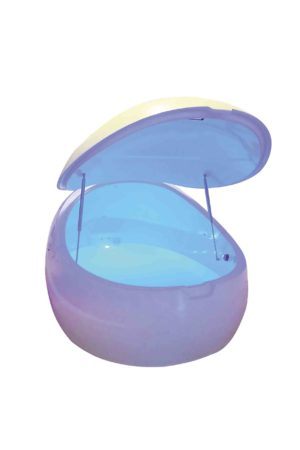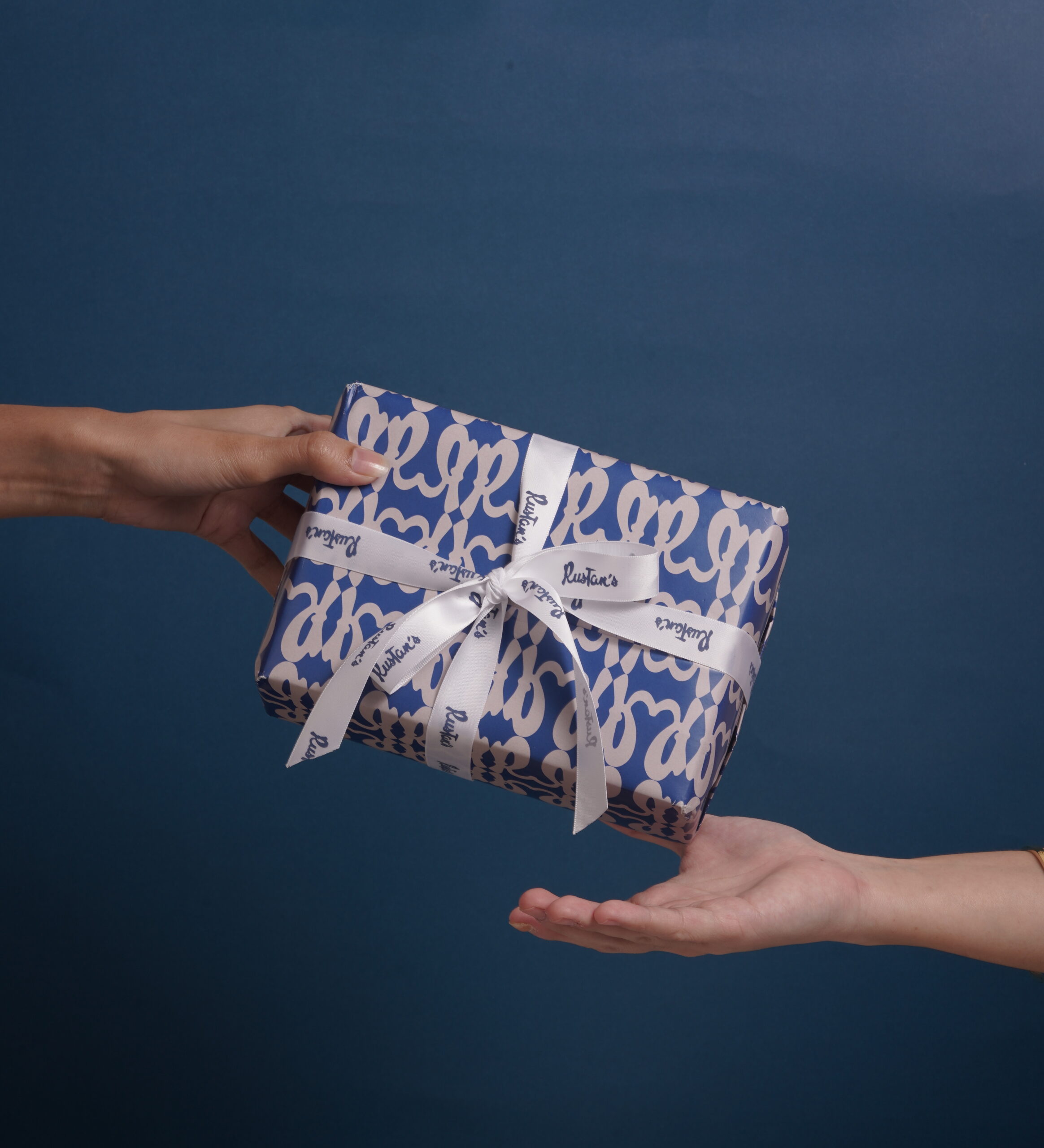Dustin Henderson: “Do you know anything about sensory deprivation tanks? Specifically, how to build one?”
Mr. Clarke: “Sensory deprivation…? Wh-what is this for?”
Dustin: “Fun.”
—“Stranger Things”: Chapter Seven: The Bathtub
Mention sensory deprivation these days and, chances are, you’ll get this reaction: “Oh, like on ‘Stranger Things!’”
But my curiosity about floating began long before Netflix existed, back when I read Emily Jenkins’ book, “Tongue First,” published in 1998. She wrote: “Sensory deprivation, also known as sensory reduction, aims to eliminate the stimulation the body usually receives. As removed as possible from the confines of the body, the mind shifts into a new dominance that veers out of control, glutted on power.”
Since reading about Jenkins’ experiences in isolation tanks (“the immersion of the body in a tank of skin-temperature, highly salinated water that allows flotation without effort”), I had always wanted to try it. But where?
A house in Makati, apparently.
Husband-and-wife Ben and Jeng Paulson run Float Manila, the Philippines’ first and only flotation therapy service (also called Restricted Environmental Stimulation Therapy or REST), in their own home.
Ben, an American high school science teacher who has been living in the Philippines for over seven years now, first tried floating while on vacation in Switzerland five years ago. “I had fallen in love with it and I wanted to do it regularly, but in Southeast Asia, there were very little options.”
Ben looked into building their own tank but then they found the Zen Float Tent, a project on the crowdfunding website Kickstarter, that aimed to produce affordable float tanks for home use.
The Paulsons backed the project and, as a result, got access to one of the early editions of the Zen Float Tent in late 2014.
They were living in a one-bedroom condo in Bonifacio Global City then and, for about a year, their float tent was in their living room.
Unlike Ben, it took Jeng, a preschool teacher, several tries before she fell in love with floating.
“It wasn’t like I hated it but I didn’t go, ‘Wow that was fantastic.’ It was, ‘Okay, that was interesting, I think I wanna do it again.’ I think it was my fourth or fifth time that I absolutely understood what it could do for me. Especially when I was pregnant. I floated during both my pregnancies. It helped my lower back pain. When I was floating, it felt like I was connected to my unborn child. You could feel the heartbeat. I really liked that. It felt very special, it was an incredible experience.
“And then now, it’s more like an escape. We have two kids, it can get crazy, so sometimes I would just float for an hour and it’s really good.”
It was when they moved to a house in San Miguel Village in 2015 that they dedicated an extra bedroom to their float tank.
They moved to their new home last June, and in July got their Dream Pod, the super sleek, futuristic-looking float tank their clients now use.
Relaxation

Each float lasts 90 minutes—a good number, according to Ben.
Ben said, “Some people look at that and are like ‘Wow, 90 minutes alone by myself in the quiet, I can’t do that, I can’t sit still,’ and I would say that those are probably the people who need to float the most, the person who’s like, ‘Man, I can’t be alone with myself for 90 minutes, I’ll go crazy.’ You won’t go crazy. A lot of people come out and say ‘Man, I can’t believe time is up, that went by so fast. Time is super relative once you’re in there, too.”
Some floaters even book back-to-back sessions and float for three hours. A 90-minute session costs P2,000.
People float for different reasons.
Ben said, “There’s this diversity of benefits that depend on what you’re doing. At the surface level, the most immediate is relaxation. On a biological level, it’s the parasympathetic system taking over, and everything just slows down and there’s a fair amount of research going into biomarkers, cortisol levels going immediately way down after you floated. It’s a relief from gravity. Every muscle in your body can just let go. Joint aches and pains, muscle soreness and all that just melt away. You really come out of there feeling just relaxed mentally and physically.”
Regular floaters enjoy deeper benefits. “People interested in meditation use it as optimum environment to go deep into their practice.
“For a different kind of client, there’s a competitive advantage. We have people who use the tank for visualization, focusing standpoint.
For athletes, creatives
“The tank is popular with athletes because of the physical side and because of the mental side, too. We have PBA (Philippine Basketball Association) guys, we have professional figure skaters, bodybuilders.”
People in creative industries like floating, too. Float Manila has welcomed musicians, dancers, performers.
“They use it for mental space exploration. It’s a chance to let your mind wander a bit, you get into a dreamy state, a bit free from restraints you have normally,” said Ben.
Then there are people like me.
“The pod also has real potential to create space for people who kind of have emotional issues, depression, anxiety disorder. One of the things I love about the pod as therapy is it’s kind of anti-therapy. It’s nothing and it’s letting your body heal itself, really. The magnesium in the water is maybe doing something to help, but ultimately it’s creating a space where you get back in touch with yourself.
“We’re so overprescribed, uppers, downers and everywhere in between.”
First-timers
They are aware that first-timers might fear the experience, so Ben and Jeng do what they can to ease their worries.
Ben said, “I think the fear of an enclosed space is a real fear for people, but one thing we make abundantly clear is that a floater is in total control of the experience, from start to finish. They control the lights. They’re the ones to open the lid or close the lid if they feel necessary.
“We emphasize that there’s not one way that their 90 minutes must take place. They’re the ones in control. The pod is surprisingly spacious, you won’t feel claustrophobic. Once you turn the lights off, there’s an infinite spaciousness aspect of it. You have people who come out who say they feel like they were in outer space, it feels boundless rather than confining.”
No rules
Jeng added, “There are really no rules. If you want the lights on, that’s fine. If you want to leave the lid open, fine. Whatever’s comfortable.”
There really are no rules in floating. Some people do it once a week, others once a month.
“There’s not a one-size-fits-all kind of solution,” said Ben. “There’s no prescription. It totally depends on what their goal is. Obviously, we’re both big believers in the potential of the tank, but the tank is just creating the environment.
“A big part of it is what your intentions are, what your goals are, what you plan to do in there. There’s not one right way how to float. There are a lot of options. It’s quite personal.”
Three times
But trying it once may not be enough to really experience its full benefits.
“We advocate for people to try it three times as the magic number to fully comprehend what’s possible,” said Ben.
“The first time, people have very positive feedback, but the first float is so novel and so interesting that it’s not actually devoid of stimulation. Even though it’s the absence of external stimuli, everything is new, the pod, the location, meeting us… there’s a newness to it that typically leads to really interesting and positive experiences, but it’s not the maximum potential of the depth of relaxation.
“By the second or third time, people know what to expect, they know the experience of what it’s going to be like.”
Some people book couple sessions. Jeng said, “It’s quite popular. It can be intimidating, you might feel nervous coming to someone’s house, so bringing a friend or a person with you makes you less anxious.”
You can even book a float and massage combo.
Ben and Jeng don’t sell floating as a magic fix. “We pride ourselves on being disciplined about the way we talk about the potential benefits of floating,” said Ben. “With my background as a scientist, I’m very much a skeptic of all things woo-woo. I don’t think you need to oversell it.”
There is a growing number of floating fans in the Philippines. Jeng said, “We have floaters who said they experienced a very intense emotion. Some cry inside the pod. There was one floater who said he saw faces of relatives and family, and he felt like he was connecting to them. It was like the pod was a device that made him able to communicate. I’m jealous.”
Ben said, “Other people come out and they couldn’t stop laughing, giggling. The best thing about this service is every time, there’s a ton of gratitude. They say, ‘Thank you for that.’
“People need stress relief so desperately these days. A lot of times it’s not even what they say but how they look. People come out transformed. It’s written all over their face. It’s the post-float glow. Your skin looks kind of brighter. You look serene. It’s kind of funny, this real calmness. They sink into the couch. They don’t necessarily have words… they just exhale and it sums it up.”
Visit Floatmanila.com or call 0917714-SALT.














































